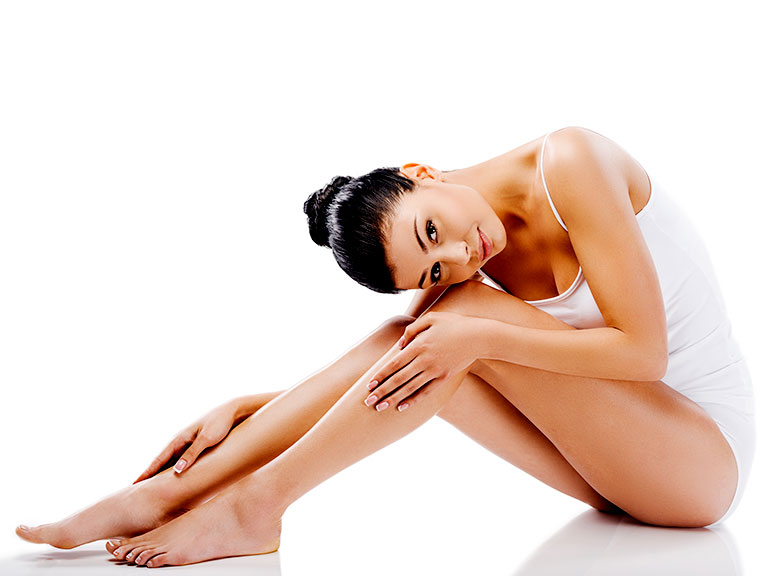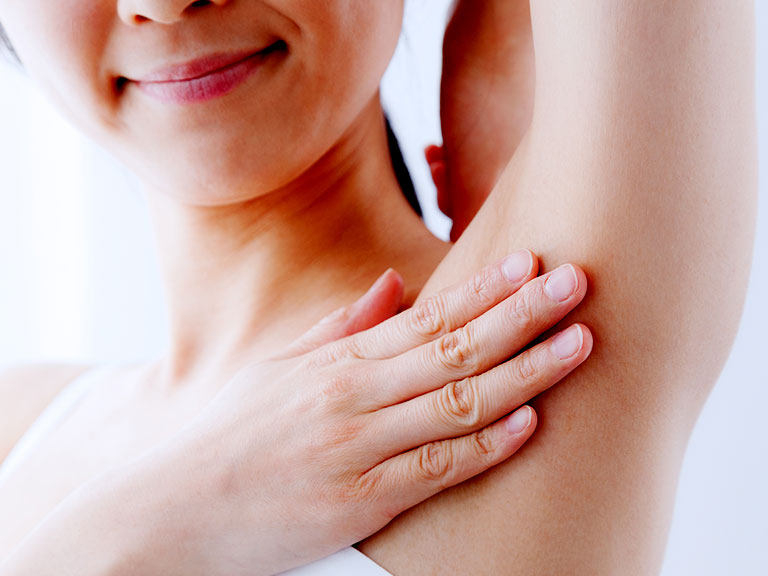Should you or shouldn’t you try sugaring?
There are certain important differences between sugaring and waxing.
Waxing uses a resin-based substance and removes hair at the root but it’s not great for removing tiny hairs.
Sugaring, on the other hand, is far more effective in uprooting baby-hairs. Besides, the gentle effects of sugaring are widely praised, making it far more preferable over conventional waxing options.
To learn more about sugaring techniques, keep reading:
Differences between Waxing and Sugaring:
- Products used for sugaring include organic ingredients like lemon juice, sugar and water, which are far more natural than waxing ingredients
- Waxing results last for about 4 weeks on average while sugaring lasts about 6 weeks
- Sugaring is a much gentler experience compared to waxing, which in comparison can be painful and uncomfortable
- Waxing susbtances are usually manufactured in a hard or soft base
- Soft waxes require paper strips. The wax may be pre-applied to the strip or applied separately and then an external strip applied
- Hard wax doesn’t require strips and is always warmed before use
- Sugaring only requires a consistent mixture of natural ingredients and has appropriate variants

Should you use Waxing or Sugaring for your Hair’s Length?
- For waxing to effectively work, you need hair that is at least 1/4th of an inch long – otherwise, the wax can’t grab and remove it
- Successful hair removal also depends on the wax type and the aesthetician’s skills
- There are two varieties of sugaring – gel and paste. Both use the same recipe, but have different hair-length requirements
- Sugaring products stick completely to dead skin and hair follicles, reducing skin irritation and hair breakage
- Waxing sticks in bits upon drying to the skin, making its removal difficult and painful
How do Different Sugaring Products affect Different Hair Lengths?
Sugaring product varieties have different consistencies to target the removal of different hair lengths.
Gels:
- Gels are pre-made products warmed to the consistency of a soft wax
- They are applied in the direction of hair growth, and pulled-off against it – usually with soft wax applicators
- Gel techniques remove ingrown hairs
- Gels need paper strips to stick to – this helps completely remove product.
- The sugar in the gel still needs at least 1/4th of hair shaft length to effectively work
Pastes:
- Pastes involve traditional techniques
- These sugar products are thicker and not too warm when applied – it’s best to keep them at room temperature
- Pastes require skilled and experienced technicians compared to gel application – this is because pastes are applied directly against hair growth and removed immediately after, without using any applicators
- Pastes, when effectively used, can remove hair that is 1/6th of an inch long
- Sugaring pastes do not stick in bits to the skin, unlike other commonly used products
To conclude, sugaring pastes are generally safer and more effective than their gel counterparts. Pastes can remove shorter hairs compared to waxing. Since pastes will not scald skin, there’s very little chance of getting a burn.

How to Prep your Skin for an Effective Sugaring Appointment
A thorough cleansing of your skin before sugaring is extremely important. This helps to minimize unwanted side effects including breakouts, irritation and swelling.
Plus, the product stays on longer, spreads evenly and adheres firmly to a clean surface.
Try using baby wipes, cotton balls or a clean cloth for pre-sugaring prep. Several cleansing products are widely available to specifically prepare the skin for sugaring.
They have anti-inflammatory and anti-microbial properties to hydrate and stretch the skin, reducing break-outs later.
If due to constraints of time, or due to allergic reactions you cannot use a cleanser, you can always use water! Take a shower or a bath, or thoroughly rinse the area to be treated with water.
Let the skin dry. Do not apply any moisturizers, lotions or serums immediately afterwards.
Immediately before sugaring and after cleansing, lightly apply baby powder, cornstarch or talcum powder. Rub it in evenly, making sure you don’t use too much powder, as this could interfere with the service.